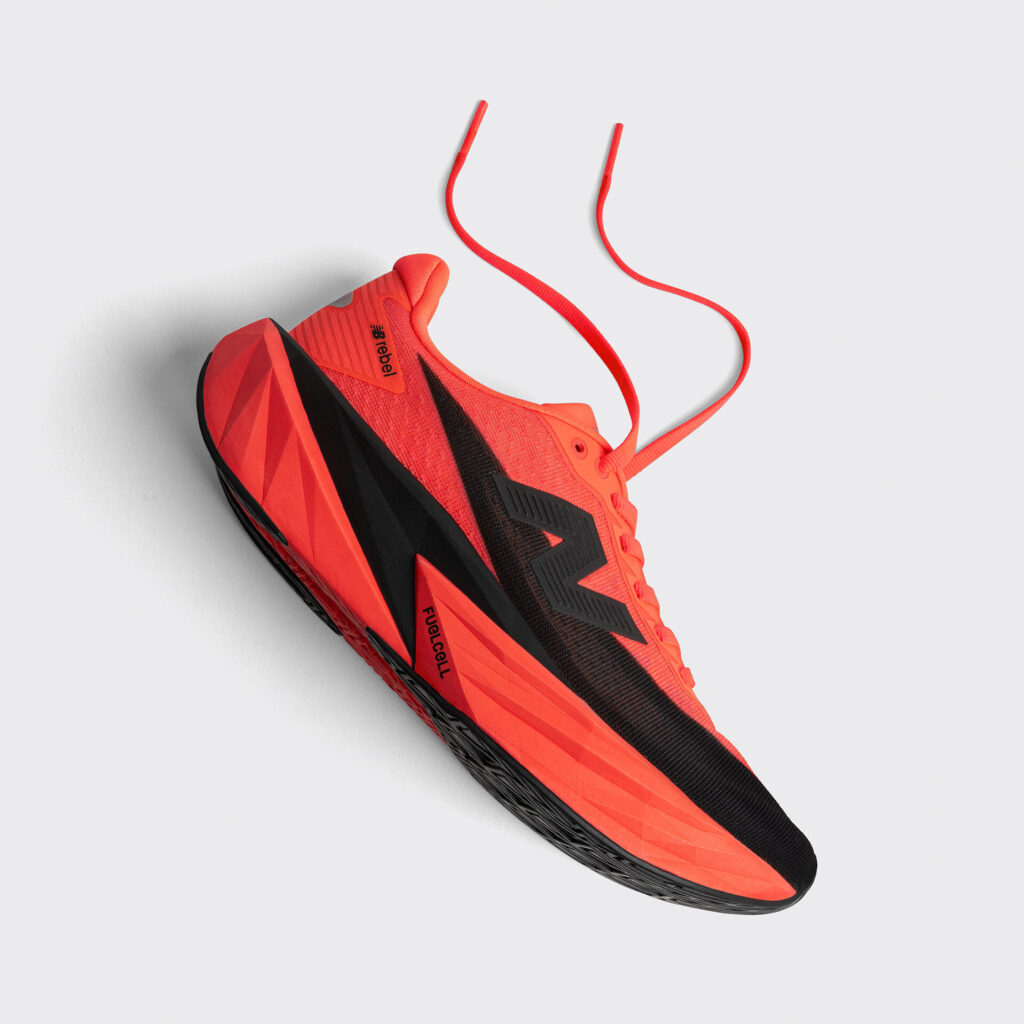
Strength training today suffers from the Starbucks effect. Just as it’s increasingly difficult to fight off the sprinkles and foam when you order a cup of joe, it’s hard to call yourself a modern muscle maker when you do a weight-lifting move without a few added kinks.
“It’s great fun to watch guys trying to do squats while standing on stability balls,” says former Olympic weight-lifting coach Harvey Newton. “But the truth is, if they just did the basics better, they’d produce the results they want without involving all the bells and whistles.”
Now hold on, Harvey. Those big balls do a lot of good. On the other hand, all these half-caf mocha-latte workouts are starting to get on our nerves. Sometimes you just want to bust a move and make more muscle.
So we asked exercise experts to help us pinpoint ways to make the classic moves we all do – squats, rows, bench presses, and crunches – work better. Follow their advice and see fast results without the sprinkles.
1. TAP WHEN YOU SQUAT
Experts agree: the squat is one of the best muscle builders in a man’s portfolio because of the number of muscles the exercise engages. Experts also agree that most lifters perform it incorrectly. Namely, they don’t squat down far enough, nor do they place the emphasis on their glutes by anchoring with their heels. This means the glutes are never fully engaged.
New York City–based trainer David Kirsch, author of The Ultimate New York Body Plan, offers this solution: stand in front of a weight bench. Squat down until your butt touches the bench, then immediately press through your heels back to the starting position. Using the bench forces you to squat all the way down until your thighs are parallel to the floor, so the exercise will yield better results.
2. GIVE ‘EM A SQUEEZE
As you prepare to lift, contract the muscles you’re working and keep them that way throughout the entire move. “You won’t be able to lift quite as much weight, but your muscles will be doing more work overall, so they’ll grow,” says Sam Iannetta, owner of Functional Fitness and Wellness Centres. “For instance, on the bench press, imagine you’re trying to bring your hands toward each other but don’t move them at all, so your pecs are squeezed together. You won’t believe the pump.”
03. BRING THE SITUP BACK FROM THE DEAD
“Men spend entirely too much time doing crunches, which involve only a 30-degree range of motion – way too small for significant muscle building,” says Patrick Hagerman, a professor at the University of Tulsa. “If you want to build your abdominals, do a full situp. Your abs spend more time working dynamically under tension, so they’ll grow bigger and stronger. Full situps also strengthen the hip flexors, which can get pretty weak if all you do is crunches.” (To improve your crunches, add a Swiss ball.)
To do situps right, lie on your back with your feet flat on the floor, knees bent about 90 degrees, hands clasped lightly behind your head, and elbows out to the sides. Tuck in your chin, contract your abdominals, and roll all the way up until your chest nearly touches your knees. Then slowly roll back down.
04. LOSE THE BENCH
By working while standing, you involve more muscles and burn more kilojoules, says Douglas Lentz, director of fitness for Summit Health, Pennsylvania. “Except for a few sessions devoted to increasing mass, our athletes do almost everything standing,” he says. “It engages your core, so your total strength increases.”
A classic example is the bent-over dumbbell row. Most men lean over and brace themselves on a bench, then perform the exercise with one arm. Instead, assume a wide, stable stance and bend from the hips, keeping your back flat—and don’t use a bench. Perform your rows from that position. You’ll work your core for stability and do a bit more mid-section work. You won’t be able to lift quite as much weight, but your entire body will benefit from the move.
05. WHITTLE WHILE YOU WAIT
Instead of sitting around working your mandible between sets, exercise another body part. “Supersetting helps you use your time better,” says Lentz. And, if you do it properly, it builds more muscle. For the best results, alternate lower- and upper-body moves, such as a leg press followed by a lat pulldown. That way, each muscle group has time to recover between sets. Alternating upper- and lower-body exercises also keeps your heart rate revved up and stimulates your circulatory system, so you deliver more oxygen- and nutrient-rich blood to your working muscles and burn more kilojoules.
Don’t like blending upper- and lower-body workouts? Do ab work between sets. You’ll be less likely to blow it off than if you save it for the end.

















